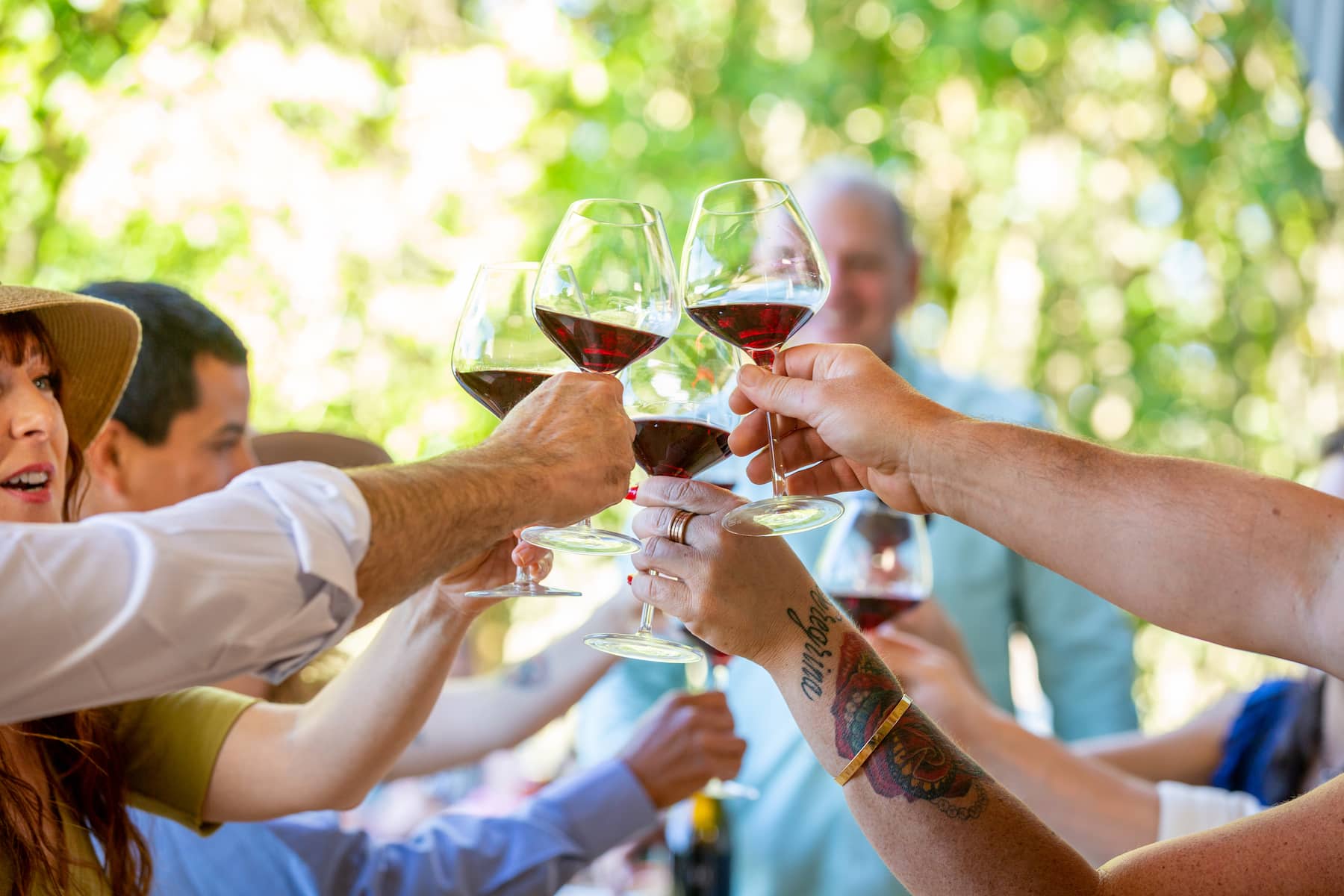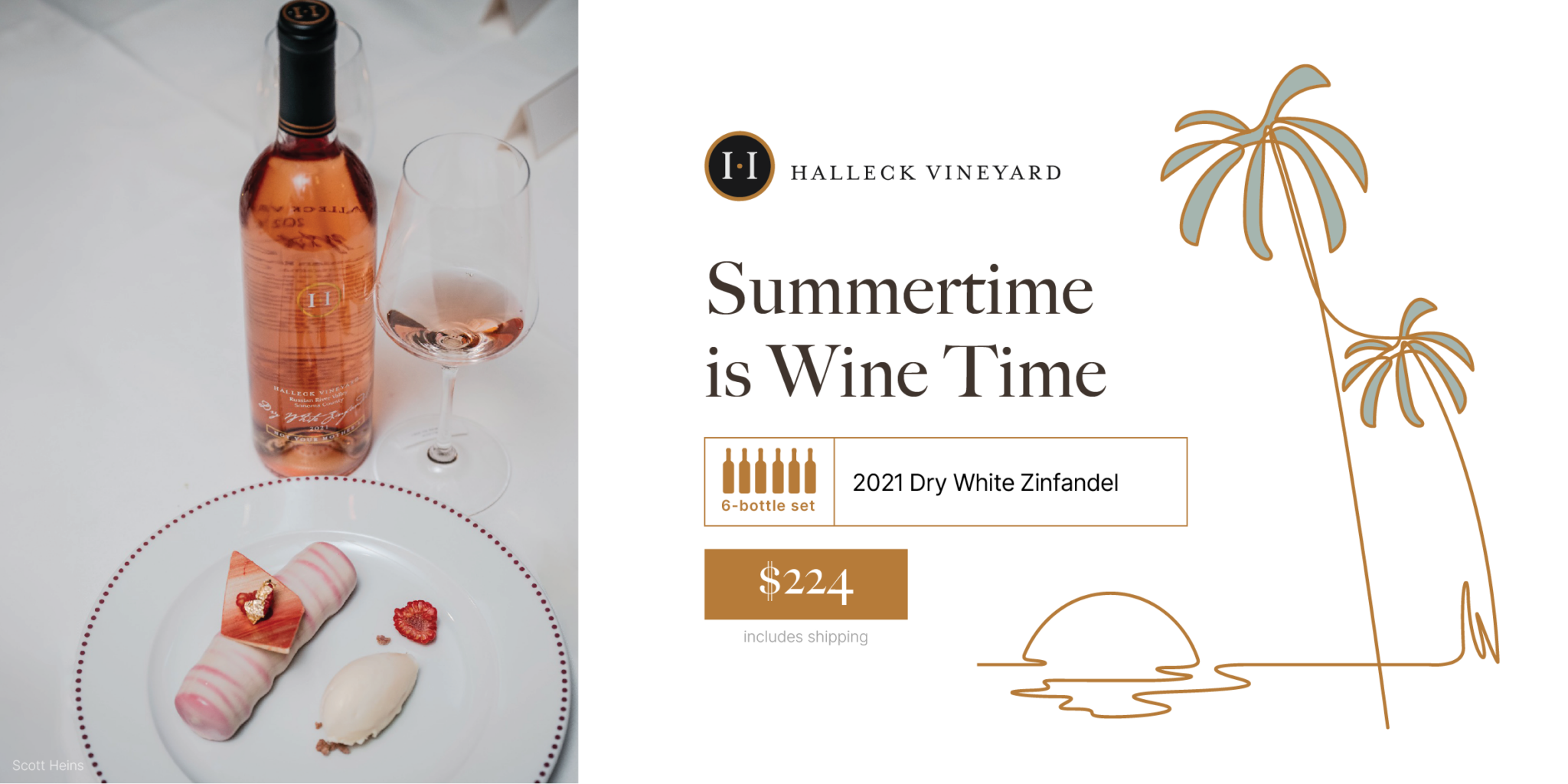Family Friendly Wineries With Outdoor Spaces - Sebastopol Vineyard Visits
Family Friendly Wineries With Outdoor Spaces - Sebastopol Vineyard Visits
Blog Article
Wineries Perfect For A Relaxing Afternoon - Sebastopol Vineyard Experiences
Wine tasting is an art that requires practice and an understanding of varied features concerned within the course of. One essential component of wine tasting is the event and interpretation of tasting notes, which function a guide for each novices and seasoned connoisseurs. A Guide To Understanding Winery Wine Tasting Notes can enhance your wine-tasting experience, making it more meaningful and gratifying.
Tasting notes are concise descriptions that capture the essence of a wine’s flavors, aromas, and total character. Often composed by professional tasters, winery tasting notes offer insights into the nuances of assorted wines. They might help wine enthusiasts perceive what to expect from a specific bottle. Nonetheless, tasting notes can vary widely in style and detail based mostly on the author's experience and palate.
Wineries With Estate-Grown Grapes - Sebastopol Wine Tours And Vineyards
When you first strategy a glass of wine, your senses will start to have interaction right away. The sight, odor, and style of the wine will converge to give you a whole experience. Tasting notes usually begin with the visible evaluation, where the colour of the wine is taken into consideration. Shade performs a significant position in indicating the wine’s age, grape selection, and even its flavor profile.
After assessing the visual aspect, the next step involves swirling the wine in the glass. This motion aerates the wine, permitting its aromas to awaken. Smelling the wine provides critical perception into its complexity. The initial sniff can ship a flood of scents that will include fruity, floral, herbal, or earthy notes. This is usually essentially the most subjective a part of tasting, as particular person experiences can dramatically differ.
In winery tasting notes, descriptors are often categorized into primary, secondary, and tertiary aromas. Major aromas normally stem from the grape selection, secondary aromas derive from fermentation processes, and tertiary aromas arise from growing older. Understanding these classes might help you recognize the depth of a wine, and so they additionally give you the vocabulary to precise your experience better.
Wineries With Live Music Events Occasionally - Sebastopol Vineyard Visits
Following the olfactory encounter, your focus will shift to the taste of the wine. This is where the primary characteristics—sweetness, acidity, tannins, alcohol—come into play. Tasting notes typically element these flavors in multiple dimensions, including the initial assault in your palate to the lingering end on your tongue. A high-quality wine will present a harmonious balance between these elements.
Whereas tasting, it's important to ponder the body of the wine, which could be described as light, medium, or full. The body contributes significantly to your total impression, helping you consider how the wine pairs with food or whether or not it stands alone as a sipping wine. Balancing the body with the opposite characteristics will present you with a fuller understanding of what the wine has to supply.
The finish of the wine, additionally known as the aftertaste, is another important side often included in tasting notes. A long, pleasant end normally signifies the next high quality wine, whereas a short or cloying aftertaste might suggest otherwise. Evaluating the end can supply additional perception into the wine's complexity and distinction.
Understanding the context of winery tasting notes can also be priceless. Tasting notes can present contextual information about the vineyard's location, climate, and grape-growing practices. This context adds one other layer of appreciation for the wine, permitting enthusiasts to connect the sensory experience with its origins, thus enhancing the enjoyment additional.
Unique Wine And Food Pairings In Sonoma - Sebastopol's Vibrant Wine Scene
Many wineries provide tasting notes on their websites or labels, usually written in an approachable but informative style. Nevertheless, not all winery tasting notes are created equal. Some could also be overly technical, whereas others would possibly prioritize advertising flair over insightful evaluation. Studying to navigate these notes can arm you with the information to make informed selections when choosing wines.
Participating in tastings at wineries can also deepen your understanding of wine tasting notes. Interacting with educated employees can give you a extra hands-on strategy to exploring different wines and the language used to explain them. Interactive Wine Tasting Experiences In Sonoma. You'll have the opportunity to ask questions, engage in discussions, and potentially refine your palate in actual time.
Experimentation is important for mastering wine tasting notes. As you sample different wines, strive making your personal notes. Focus on describing the wine’s color, aroma, style, and end. Over time, you’ll develop a personal vocabulary that resonates along with your sensory experiences. Every note you create will help refine your palate, permitting you to understand wines at a deeper level.
Wineries With Sustainable Practices - Wineries To Explore In Sonoma Valley
In conclusion, a Guide To Understanding Winery Wine Tasting Notes offers a comprehensive framework for diving into the world of wines. It equips you with the strategies and language necessary to articulate your experiences. Whether you're a informal drinker or a devoted aficionado, understanding and using tasting notes can profoundly impression your wine journey. This data not solely enhances your enjoyment but additionally connects you deeply with the wealthy narratives every bottle tells. By embracing this journey, you turn out to be part of the gorgeous mosaic of wine culture, where each sip unveils a brand new story ready to be discovered.
- Wine tasting notes typically embody quite lots of sensory descriptions, together with aroma, flavor, acidity, body, and finish, allowing tasters to fully appreciate the wine's traits.
- To improve your understanding, familiarize your self with widespread wine terminology similar to "tannins," "oakiness," or "terroir," which can help decipher the notes more successfully.
- A systematic method to tasting includes first visually assessing the wine's colour and clarity, followed by swirling to launch aromas, then inhaling and describing what you experience.
- Taking notes throughout tasting might help identify patterns over time, bettering your palate and making it simpler to recall preferences for future choices.
- Don't overlook the affect of food pairings; tasting notes can differ significantly when a wine is enjoyed with complementary flavors, altering perception and pleasure.
- Pay attention to the wine’s vintage, as climatic conditions in a given year can considerably affect the final product, including one other layer to the tasting notes.
- Consider the winemaker's style and philosophy, which can form the wine's profile and influence how its notes evolve with each sip.
- Working Towards with totally different grape varieties can broaden your vocabulary; each kind brings distinctive characteristics that may enhance your capacity to articulate tasting notes effectively.
- Engaging with wine professionals or attending tasting events can present valuable insights, providing a richer context for understanding personal tasting notes.
- Keep In Mind that tasting is subjective; individual preferences and experiences will form one’s interpretation of the same wine, enriching the general enjoyment of wine exploration.
What are wine tasting notes?
Wine tasting notes are visit descriptive feedback made by tasters about the look, aroma, style, and finish of a wine. They present an overview of the wine's traits and may help shoppers perceive the style and quality of the wine.
Wineries With Unique Gamay Wines - Wine Tasting Experiences In Sebastopol
Why are tasting notes essential when deciding on wine?
Tasting notes can guide you in choosing a wine that suits your palate. They present insights into flavors and aromas, helping you to match wines with food or occasions. Understanding these notes enhances your overall wine experience.
How ought to I learn wine tasting notes?
(Wineries Featuring Seasonal Wine Events In Sonoma)
Wineries Offering Charcuterie And Wine Pairings - Sonoma Vineyards Worth Visiting

When studying wine tasting notes, pay attention to the structure: search for descriptions of colour, aroma, flavor, and finish. This will allow you to grasp the wine's profile and decide if it aligns together with your preferences.
What phrases commonly seem in wine tasting notes?
Common terms embody "tannin" (the structure), "acidity" (the crispness), "physique" (the weight), and varied flavor descriptors like "fruity," "earthy," or "spicy." Familiarizing yourself with these terms can deepen your understanding of wine.
Family Friendly Wineries With Outdoor Spaces - Wineries With Stunning Views In Sonoma
Am I Able To create my very own tasting notes?
Yes! Writing your own tasting notes can enhance your wine tasting experience. Focus on your observations of taste, aroma, and different sensory characteristics. This personal practice can help you refine your palate over time.
How do I establish the aromas in wine tasting notes?
Historical Wineries To Visit In Sonoma - Wineries With Stunning Views In Sonoma
To determine aromas, practice smelling a big selection of scents and associating them with wines. Swirl the wine in your glass to launch its aromas, then take a second to breathe in deeply earlier than identifying any distinguished scents.

What is the difference between professional and private wine tasting notes?
Professional tasting notes could use extra technical language and specific terminology, while personal tasting notes are subjective and mirror particular person experiences. Both are valuable for understanding and enjoying wine, however personal notes could resonate more along with your unique tastes.
How these details can tasting notes improve my wine appreciation?
Off The Beaten Path Wineries In Sonoma - A Winery In The Sonoma Valley To Discover
Tasting notes can enhance your appreciation by serving to you to grasp and articulate the complexities of wine. They encourage mindful tasting and provide a framework for comparing totally different wines, leading to a richer enjoyment of the beverage.
Are there any apps or tools to help with wine tasting notes?
Yes, there are several apps designed to assist customers document and arrange their tasting notes. These tools often offer options like flavor wheel guides and wine database searches, making it simpler to trace your journey via different wines. Report this page